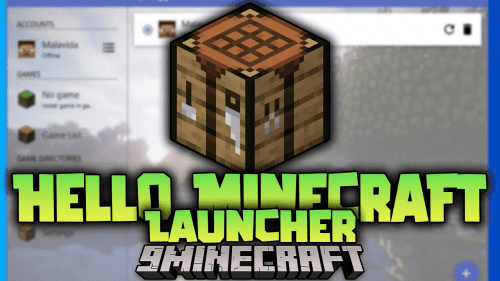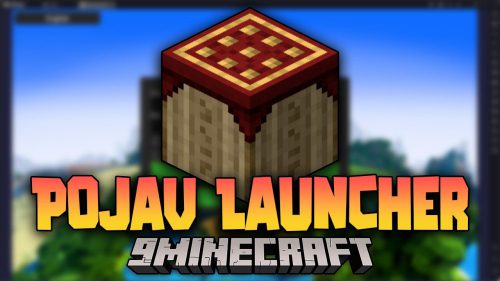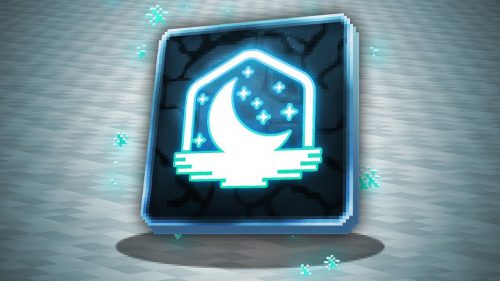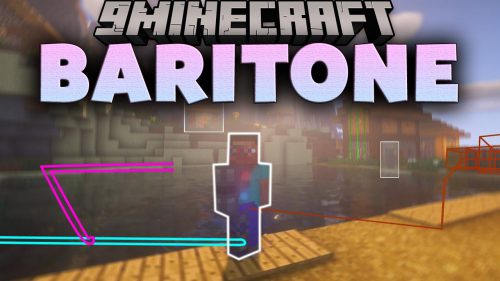10 Things You Didn’t Know About Survival Mode
 425
425
 0
0
 August 30, 2023
August 30, 2023
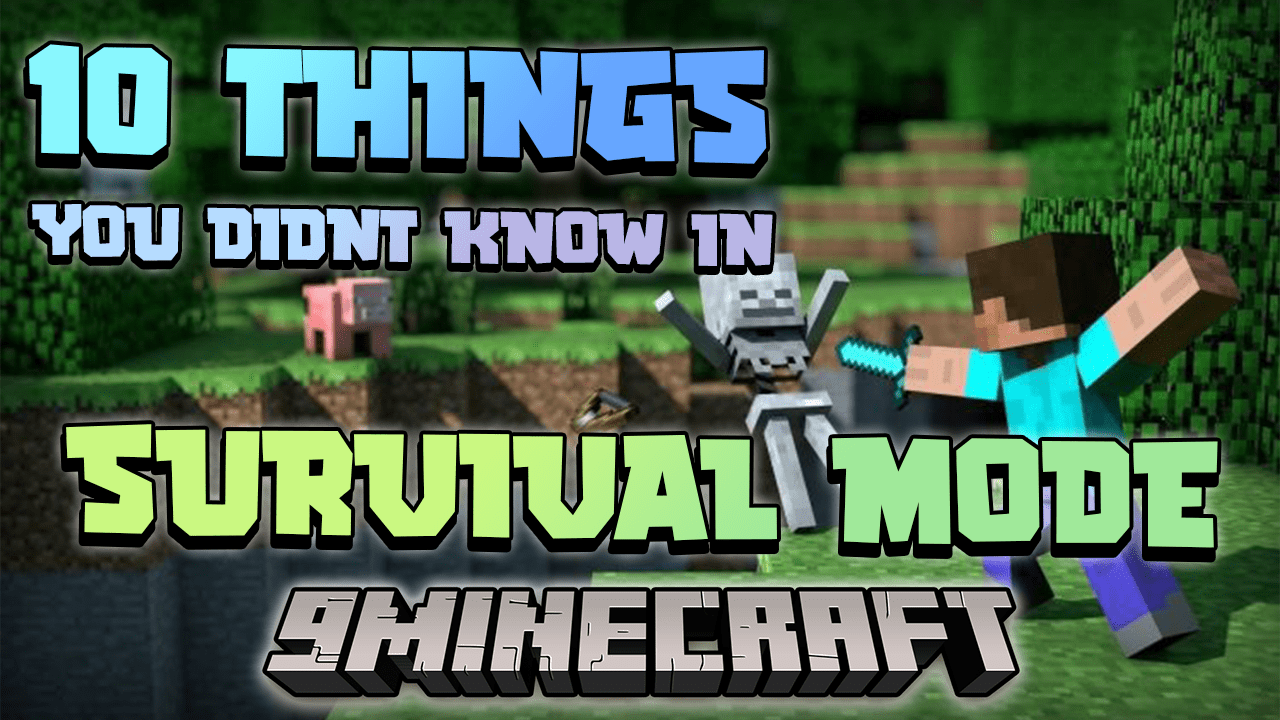
Minecraft’s survival mode has seen significant evolution over the years, introducing various features and mechanics that cater to both creative sandbox gameplay and survival exploration RPG experiences. Regardless of your preferred playstyle, Minecraft consistently offers engaging content.
Survival mode is at the core of Minecraft’s gameplay, offering four difficulty levels: Peaceful, Easy, Normal, and Hard, along with the challenging Hardcore mode, each with its unique rules. In survival mode, players aim to gather resources, construct shelter, and endure. Surprisingly, there are many intricate details within survival mode that players may not be fully aware of.
1. The End Isn’t Actually The End
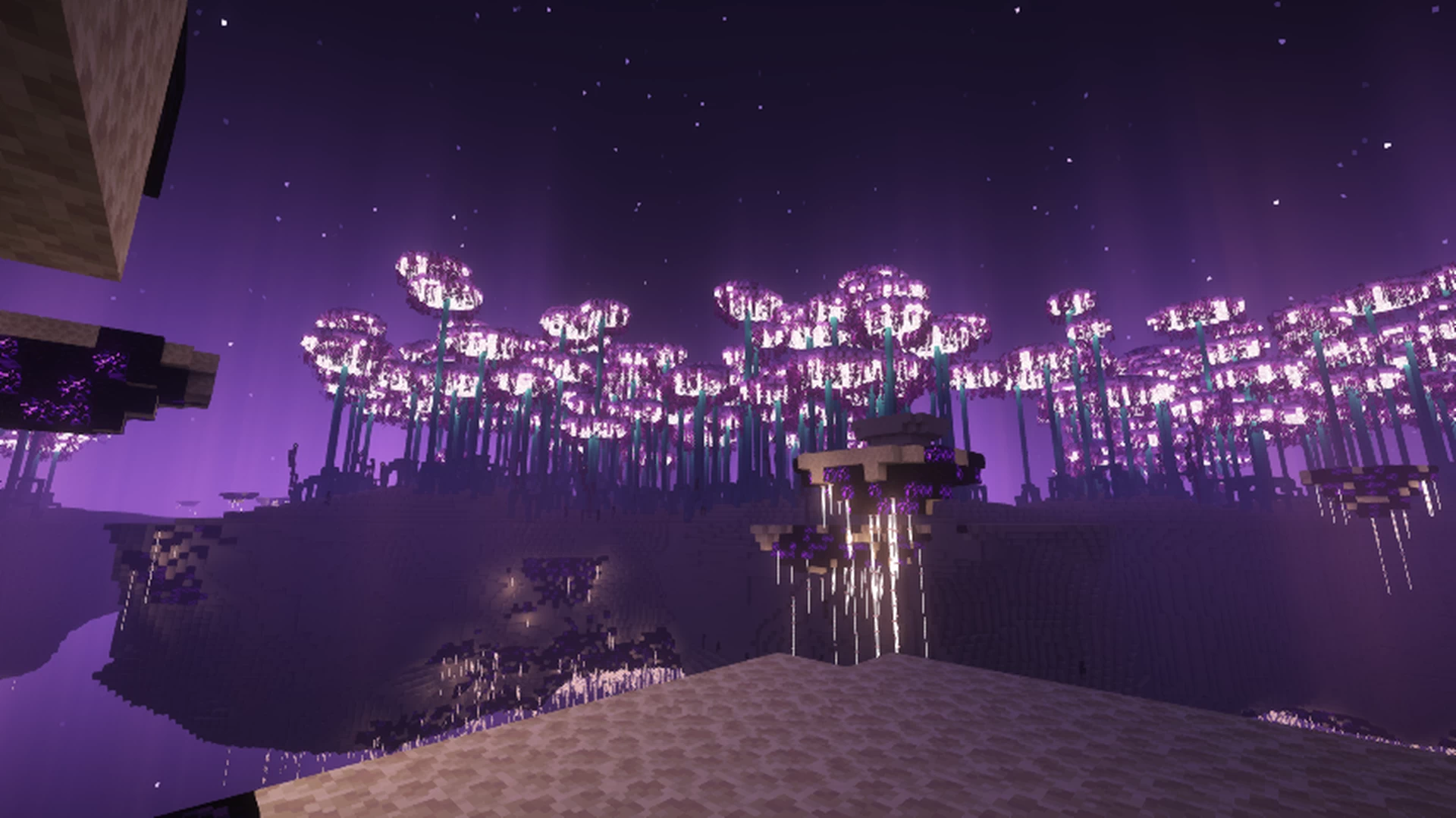
In a survival world, Minecraft doesn’t provide explicit goals or instructions to the player. Instead, players can interact with the environment and gradually progress by crafting items and exploring various mechanics.
While survival mode doesn’t have a traditional ending, the defeat of the Ender Dragon in the End dimension is often seen as a significant milestone. It triggers the game’s end credits, but players are subsequently teleported back home, allowing them to continue their survival journey as usual.
2. Cheats Can Always Be Enabled
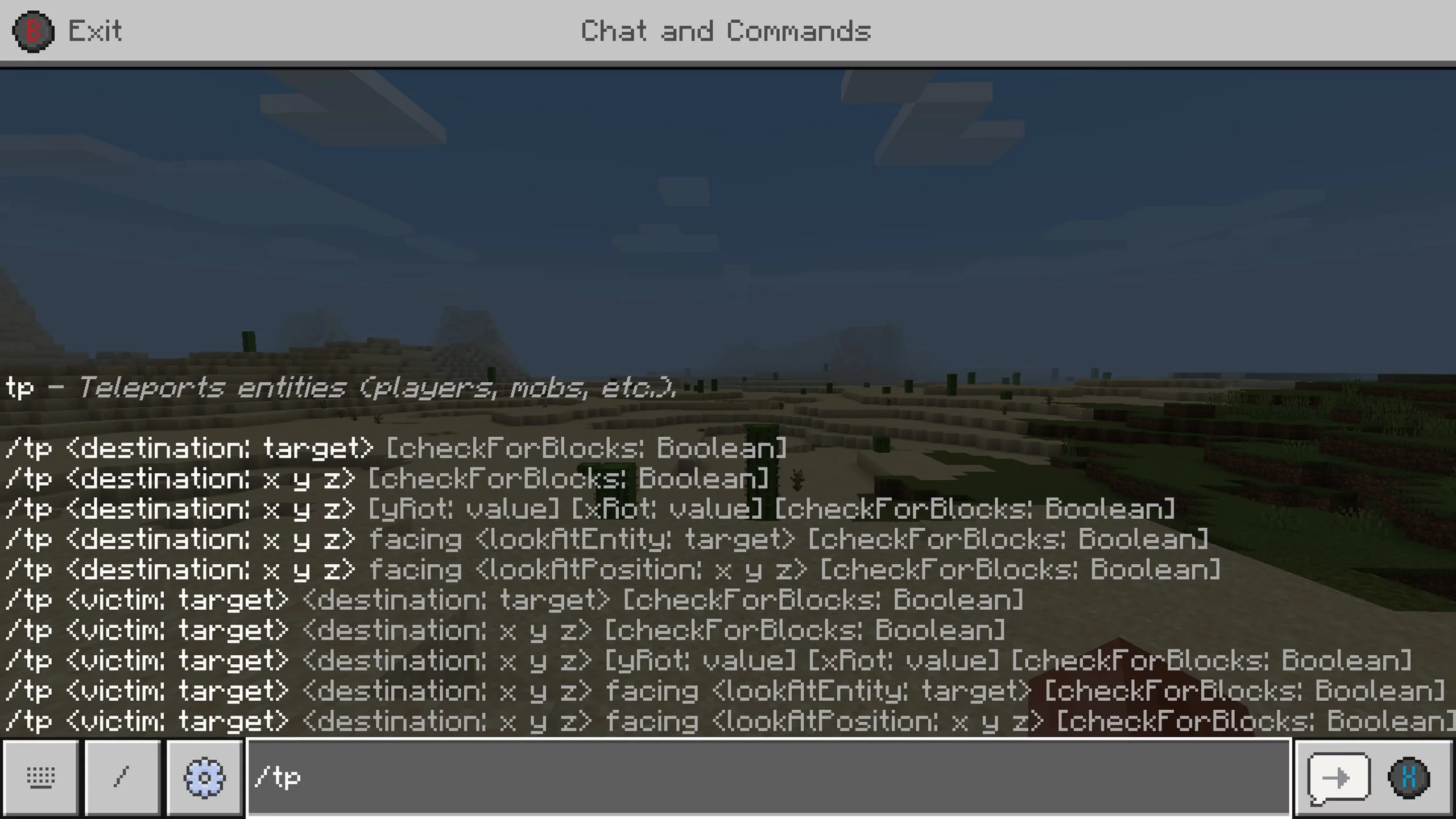
In Minecraft, cheating typically involves using commands accessed by pressing “T” and then typing a forward slash followed by a specific command. Cheats are generally not intended for use in survival mode unless cheats are explicitly enabled when creating the world, as they can detract from the intended gameplay experience.
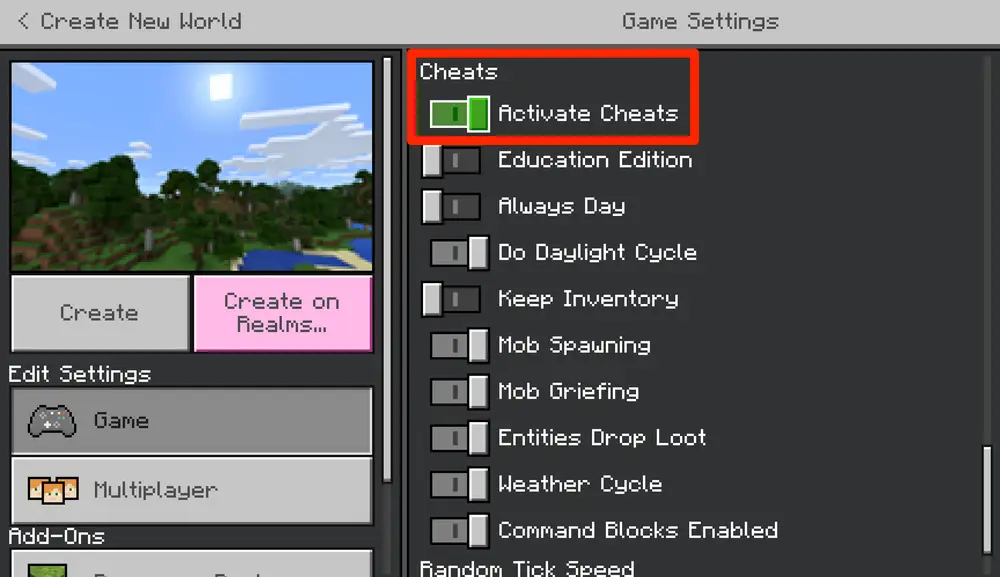
However, there is a workaround for players who find themselves in need of cheats while playing in a survival world. Even if the player initially selected the “no cheats” option when creating the world, they can enable cheats by opening the world to LAN (local area network) play. This allows them to activate cheats temporarily as a backup option, which can be useful in certain situations.
3. Achievements On Bedrock
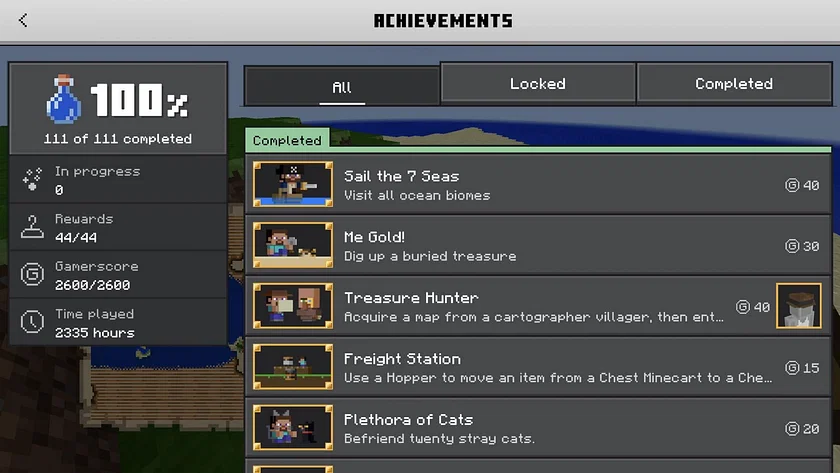
Minecraft’s Bedrock edition includes a variety of achievements that provide players with specific goals to work towards. Each achievement comes with its own set of conditions that must be met in order to unlock it. It’s worth noting that in Bedrock survival mode, if a player starts with a creative world and then switches it to a survival game, they will be unable to unlock any achievements in that world. In other words, to earn achievements, players must begin a world from scratch as a survival game.
4. Advancements Are Worth The Effort
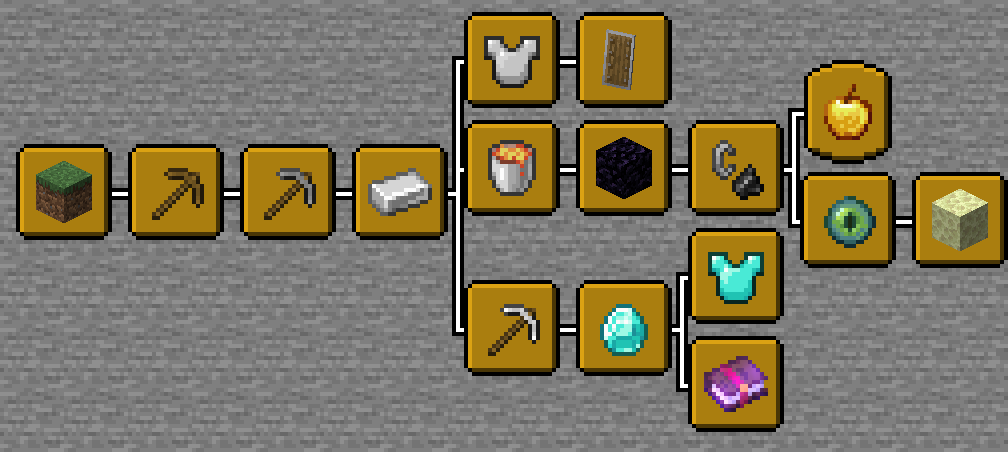
In the Java version of Minecraft, survival achievements are referred to as “advancements.” While they share similarities with the achievements in the Bedrock edition, there are some differences based on the unique gameplay features available in each version.
Unlocking advancements in Java edition is not mandatory, but it is highly recommended. Many significant advancements reward players with experience points, ranging from 50 to 100 or even up to 500 to 1000 in some cases. From an experience point perspective, it’s definitely worth pursuing these advancements.
5. Hidden Advancement
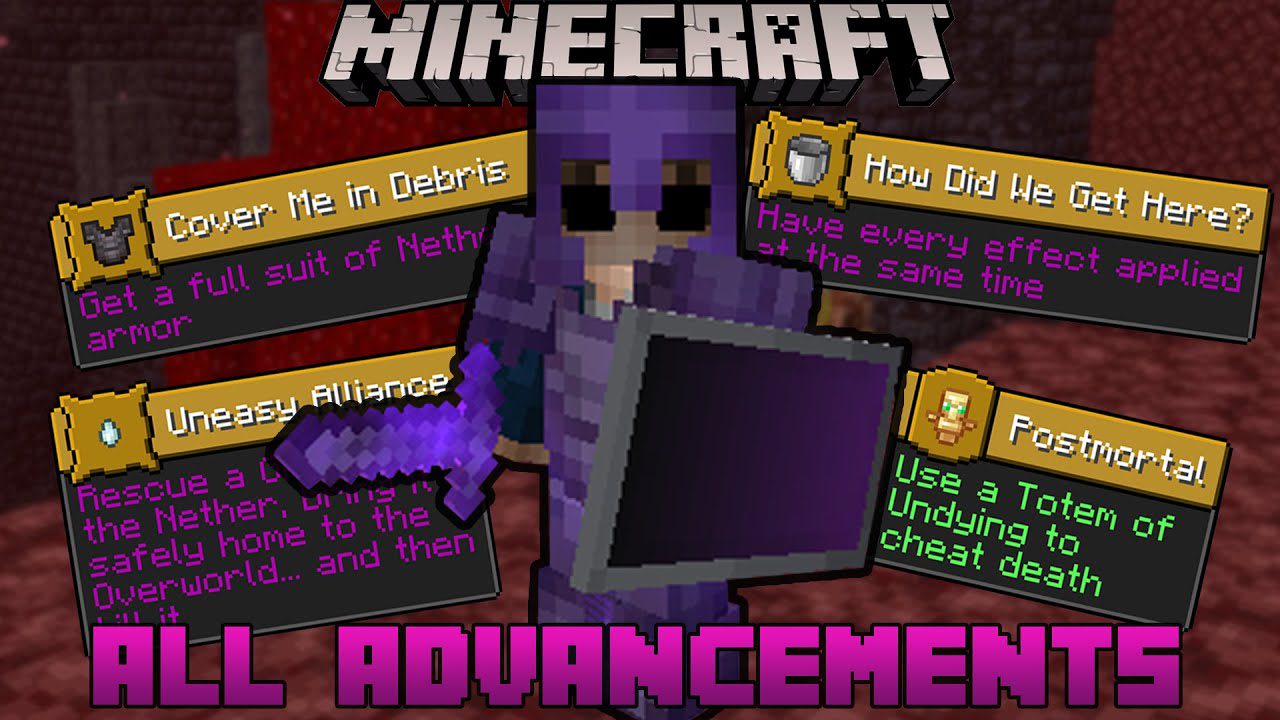
In Minecraft, players can check their survival advancements at any time from the game’s main menu while in their survival world. Whenever an advancement is unlocked, it will appear as a notification on the right-hand side of the screen. While most advancements, including unlocked ones, can be viewed by players, there’s one that remains hidden.
The “How Did We Get Here” advancement is a particularly unique one, and it’s located in the Nether category. To unlock this hidden advancement, players must simultaneously have 26 different status effects applied to them. It’s quite a challenging and intriguing achievement for advanced players.
6. World Spawns And Structures

In Minecraft, each time a player enters a world, the game designates a spawning point for them. When a player dies, they will respawn in close proximity to that designated spawning point, unless they have changed it by sleeping in a bed or using commands. These spawn points also play a role in determining the relative locations of various structures and features in the game world.
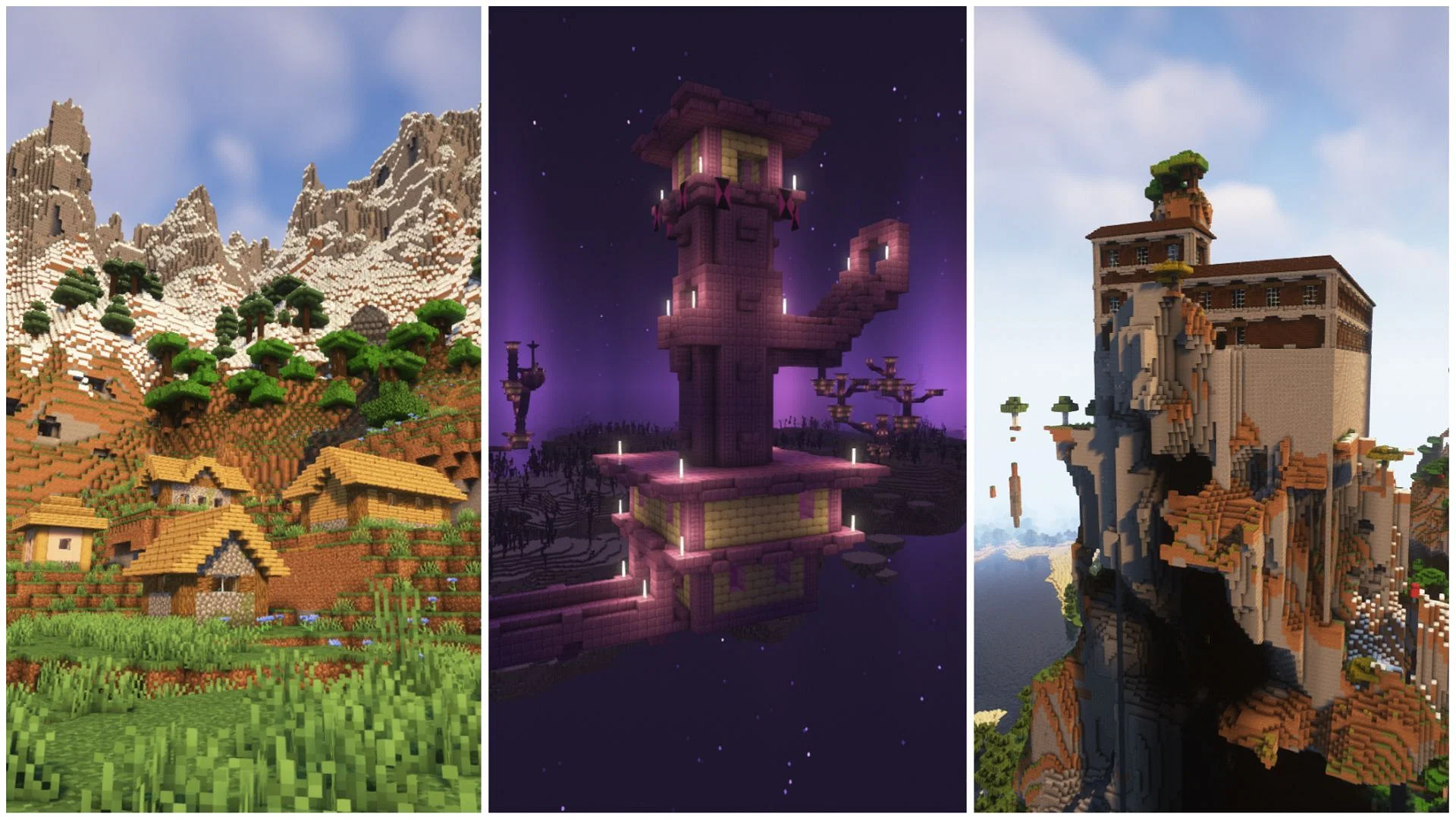
For instance, certain rare structures like Woodland Mansions and Strongholds, which players often seek for valuable items, tend to generate at specific distances from the world’s spawn point. While the specific layout of Woodland Mansions can vary, they are typically located several thousand blocks away from the spawn point, and Strongholds are usually found at distances of around one to two thousand blocks from spawn.
7. Seeds Can Make Or Break The Game
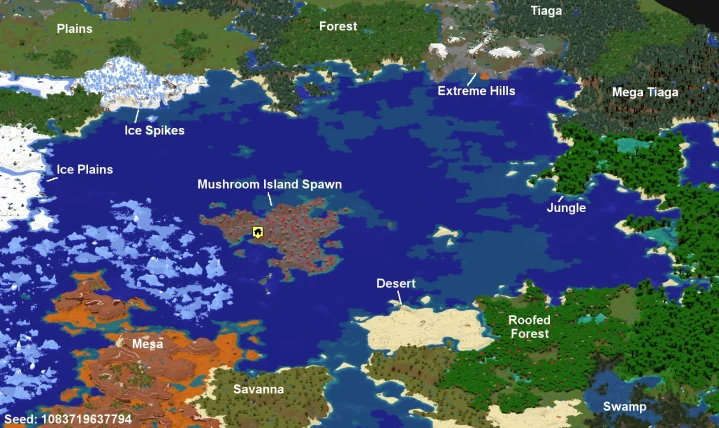
In Minecraft, seeds are essentially strings of values that determine the terrain generation and world layout for a specific game world. Each world has a unique seed, and when a new world is created, the terrain is generated based on this seed, resulting in a distinct landscape from top to bottom.
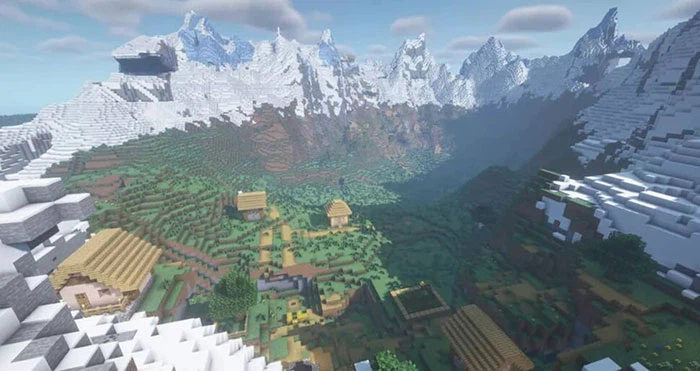
Among the most common terrain spawns are various types of forests, mainly because forests make up a significant portion of the game’s biomes. Forests are often the starting point for players in survival mode, as they provide readily available wood and stone for crafting basic tools and building shelters. However, there are rarer seeds that can place players in less convenient locations, such as islands without trees or barren desert biomes. These unique seeds can offer more challenging survival experiences.
8. Biomes Flow With Temperature
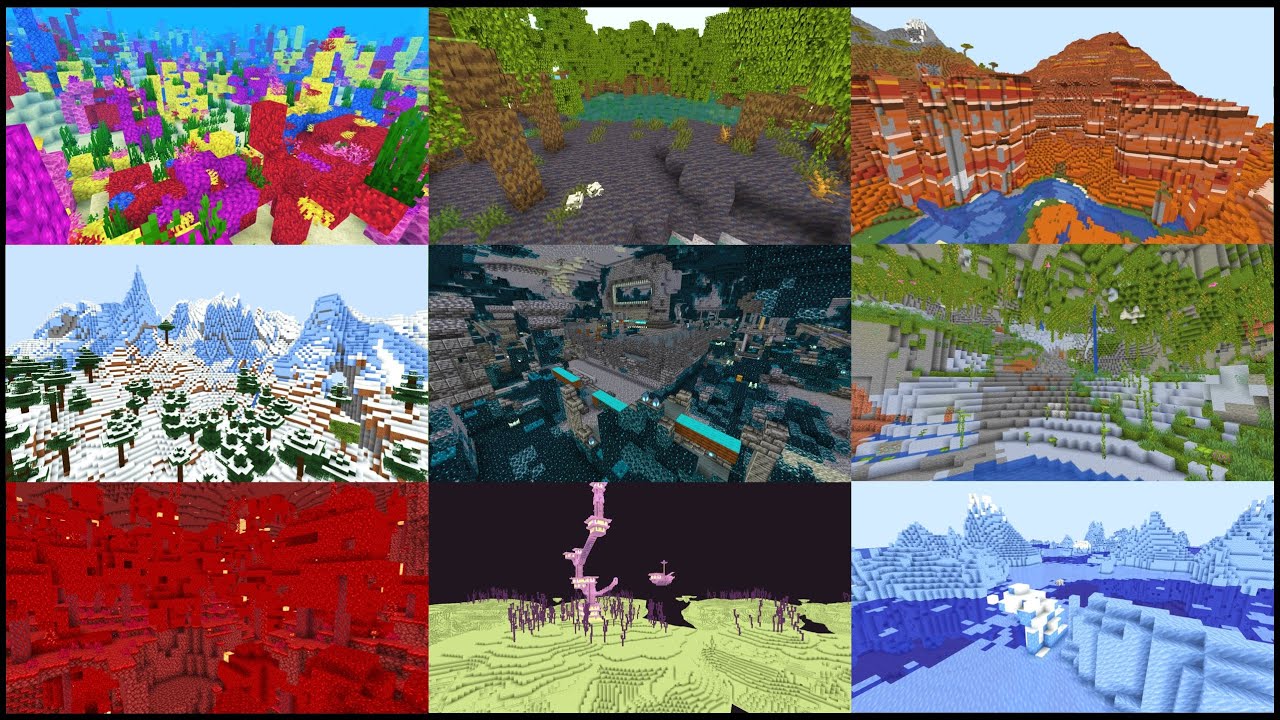
In Minecraft survival mode, players might occasionally want to find a specific biome but face challenges in doing so. Biome placement is influenced by a straightforward rule based on temperature. Essentially, hot biomes are more likely to border other hot biomes, and cold biomes tend to neighbor other cold biomes.
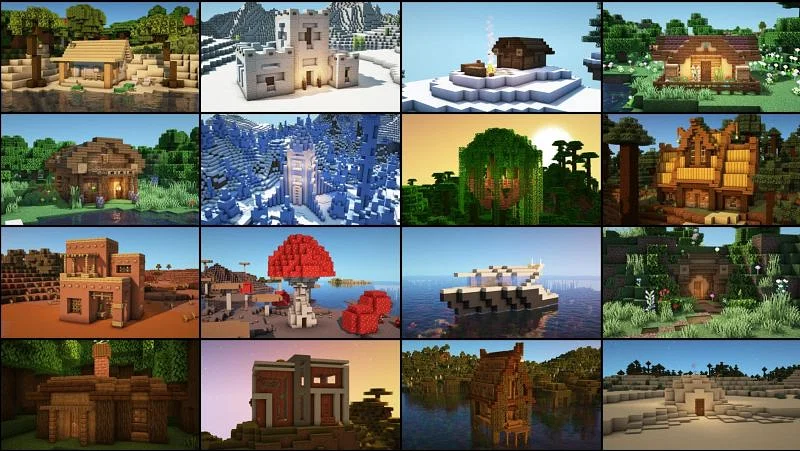
Oceans follow a similar rule, but ocean biomes and land biomes don’t adhere to the same pattern. This is why players can encounter scenarios where icebergs and frozen oceans are right next to desert biomes. However, it’s extremely unlikely to find a warm ocean biome adjacent to a frozen ocean biome due to these temperature-based biome placement mechanics.
9. The Best Survival Hacks

Surviving in Minecraft can be quite challenging, but there are some clever tricks to make it easier. For instance, when in need of coal, players can smelt wooden logs to produce charcoal, which can be used in the same way. To breathe underwater, placing a door down creates a one-by-two air bubble where players can catch their breath.
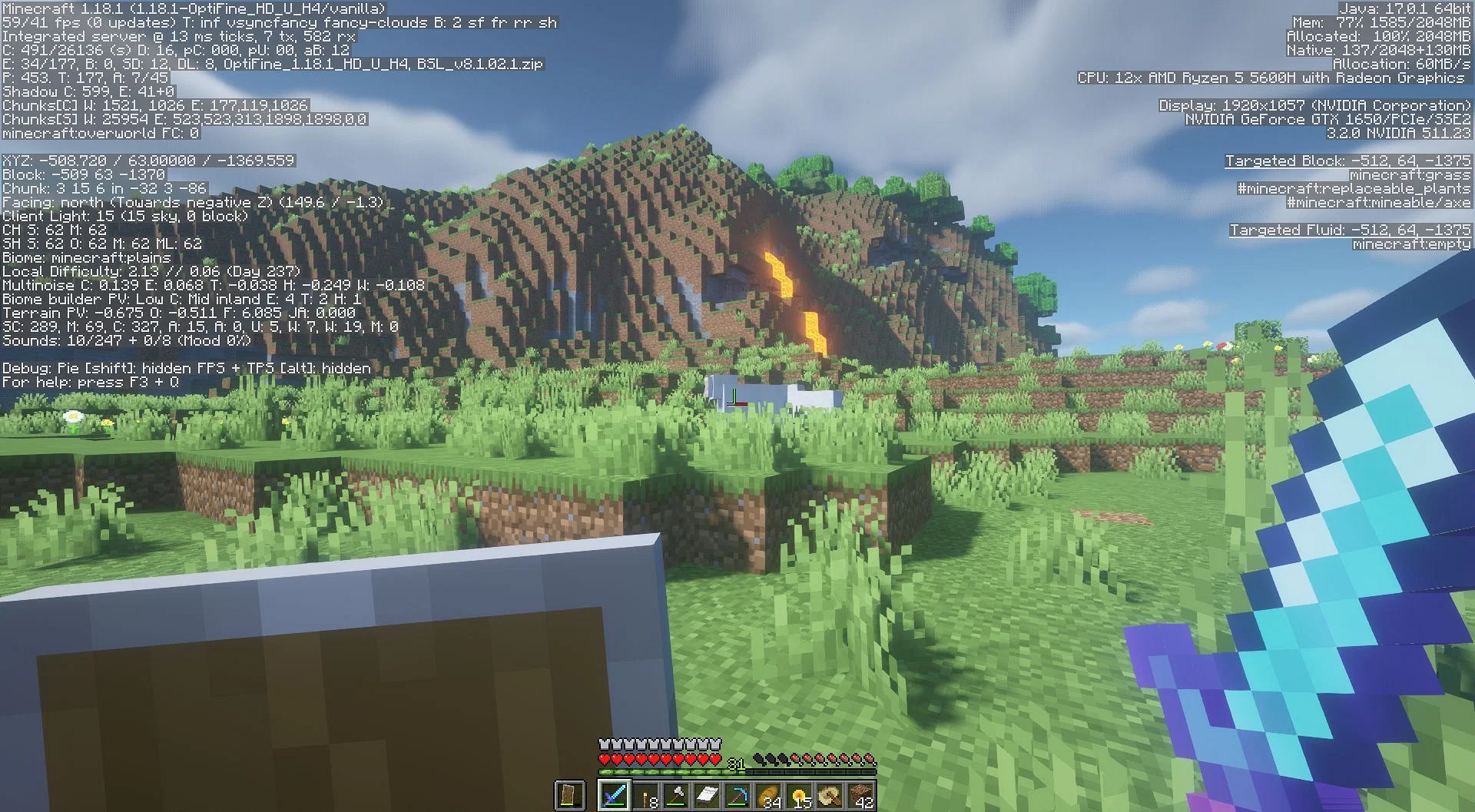
By pressing the F3 key, players can access various information about their world and current position. This is useful for not getting lost, especially when remembering coordinates. The elevation information helps locate specific ores in caves, like diamonds, which are often found around level 11. Lastly, to deal with creepers, simply breaking their line of sight just before they explode will cancel their explosion animation and prevent structural damage.
10. Starvation Depends On Difficulty
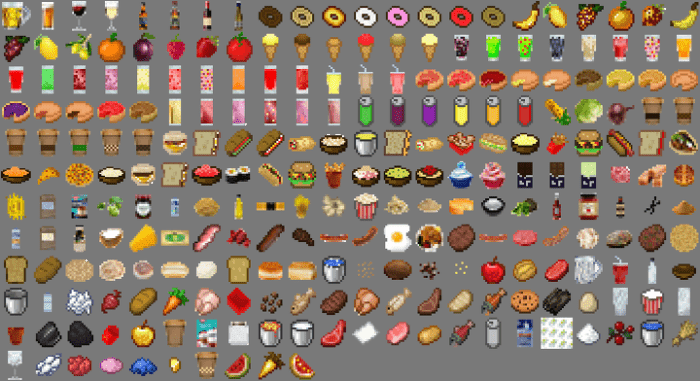
Food is a vital resource in survival mode, as it helps regenerate health and keep players alive. Establishing a farm for crops like wheat is essential early in the game to ensure a consistent source of food.
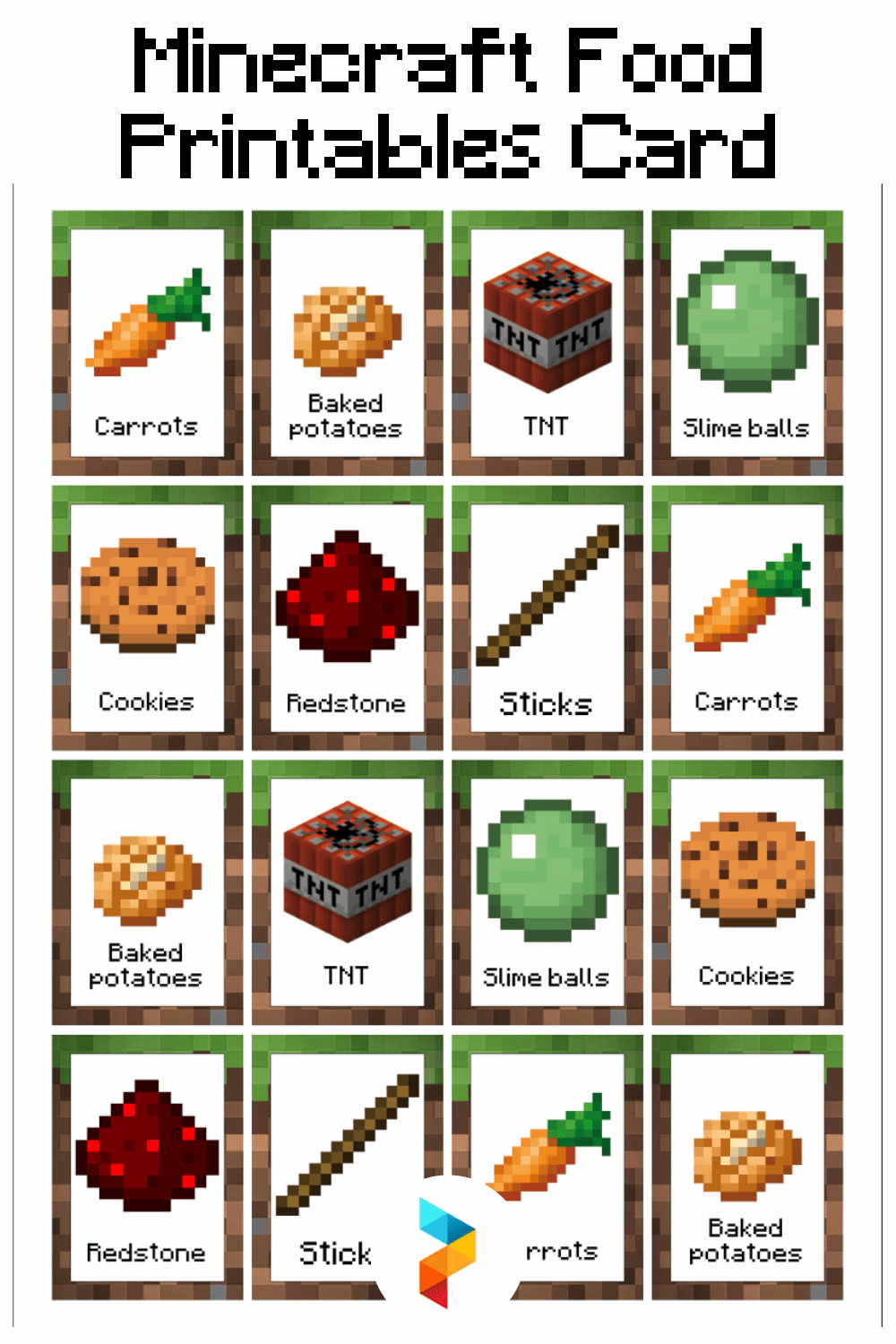
Fortunately, starvation to death only occurs in Hard difficulty. In Normal difficulty, insufficient food reduces the player’s health to half a heart, while in Easy difficulty, it goes down to half health.





